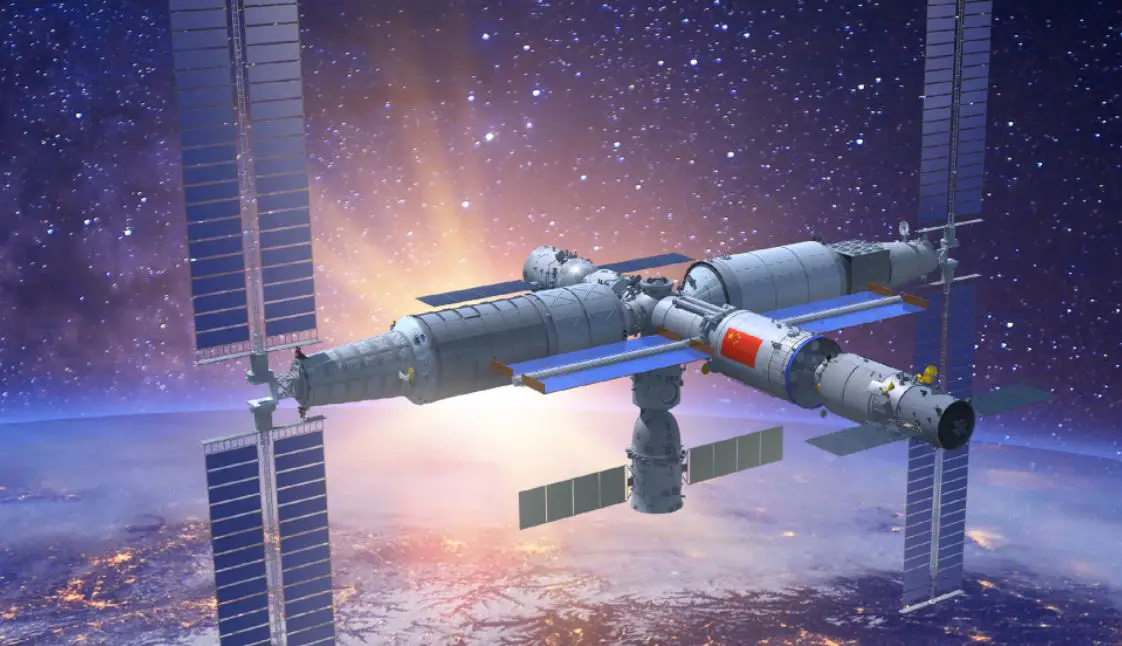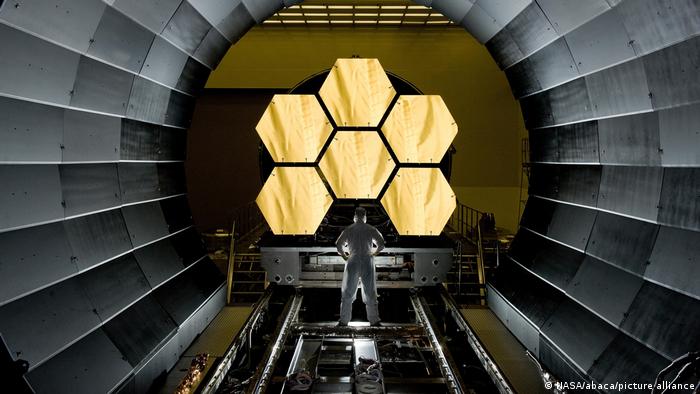Launching satellites into space does not necessarily require rockets. SpinLaunch, an American start-up company, has proposed an alternative power system for rockets.
After spinning the object frantically on the ground at 5,000 mph, the payload is directly “thrown” from the tunnel into space.
Recently, the company completed its 10th test flight, showing that standard satellite components are “compatible” with SpinLaunch’s launch environment.
SpinLaunch was founded in 2014 to develop a system that spins small satellites from the ground and flings them into low-Earth orbit with huge centrifugal force.
SpinLaunch successfully conducted its first suborbital flight in 2021, blasting a 3-meter object to tens of thousands of feet above the ground, with the ultimate goal of developing an orbital launch system that is cheaper and more environmentally friendly than fuel rockets.
On September 27, the system, which integrates payloads from NASA, Airbus, Cornell University, satellite developer Outpost, and others, was spun at 10,000 g-forces (10,000 times Earth’s gravity) in a suborbital accelerator,
It was then thrown into space and successfully recovered, completing its 10th test flight within 11 months.
While the company didn’t provide many technical details of the flight, it said the test flights were all about 9,150 meters above the ground, proving that standard satellite components are inherently compatible with the SpinLaunch launch environment.
If all goes well, the company envisions a full-scale orbital accelerator that could be commercially available as early as 2026, launching a constellation of small satellites into low-Earth orbit.




